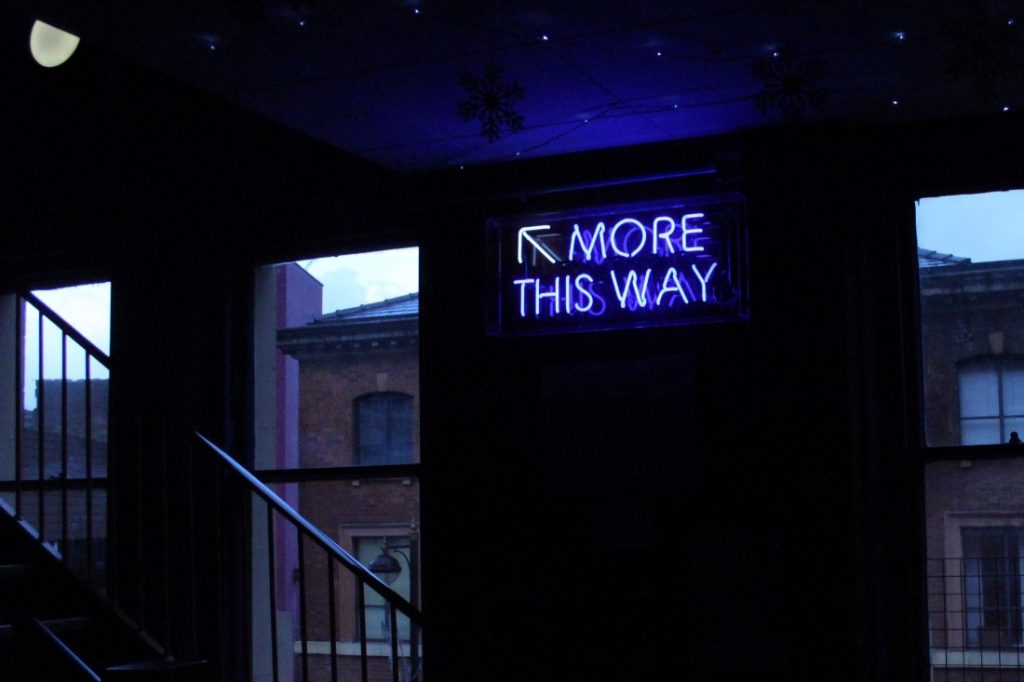
Once upon a time, loyalty as a borrower was something you may have be rewarded for. But the Reserve Bank of Australia (RBA) confirms what we’ve known for a long time… Borrowers with older mortgages will typically pay a higher interest rate than those with new loans.
The RBA’s study finds that the difference in interest rates between new and outstanding variable-rate home loans increases with the age of the loan.
When the RBA examined loans written four years ago, they found that borrowers are charged an average of 40 basis points more interest than borrowers with new loans.
For a loan balance of $500,000, this rate difference means you’re paying an additional $2,000 year in interest payments.
And if you have a loan that is more than eight-years-old, on average, you’re paying about 60 basis points more than a new borrower.
Read that again.
On a $500,00 loan, that’s an extra $3,000 per year in interest you’re paying to your lender when you don’t need to!
How does this happen?
The RBA says the rate difference between older and newer mortgages can partially be explained by a shift in the mix of different types of variable-rate mortgages over time.
“In particular, the share of interest-only and investor loans in new lending has declined noticeably in recent years and these tend to have higher interest rates than other loans,” the RBA says.
Higher rates for investment loans and Interest Only repayment loans came into play in 2015, due to the Australian Prudential Regulation Authority (APRA’s) imposing restrictions on lenders with regard to the level of interest only lending they could have on their books.
The rate differential can also be explained by the fact that lenders are now offering higher rate discounts for new borrowers, than they’ve done previously.
Rate discounts have increased in recent years
With competition for borrowers intensifying over recent years, lenders are offering large discounts on their standard variable rates (SVRs).
The SVR is the reference rate that a bank prices its variable-rate loans against. It’s essentially, the interest rate that lenders and media quote when they report whether or not a rate cut is being passed through to borrowers.
The RBA advises that very few borrowers pay interest rates as high as the SVR (especially if you’re a client of ours!!) Knowing what lenders are offering generous discounts at a particular point in time, helps us to secure attractive rates for our clients.
In fact, most borrowers are on rates that are “materially lower” than a lender’s advertised SVR because we’ve helped to negotiate additional rate discounts. The discounts are getting larger each year, because discretionary pricing has become a way for lenders to attract new business.
“In recent years, the average discounts relative to SVRs offered by major banks on new variable-rate mortgages have grown, widening from around 100 basis points in 2015 to more than 150 basis points in 2019,” the RBA says.
“By increasing the discounts on rates for new or refinancing borrowers over time, rather than lowering SVRs, banks are able to compete for new borrowers without lowering the interest rates charged to existing borrowers.”
And THIS explains why borrowers with old loans will typically pay more than new borrowers. Lenders tend to focus on attracting new business because they’re banking on the fact that once you’ve set up your loan, you’ll simply forget about it and continue to pay whatever rate they first offered to you.
So, how old is *your* loan? Is it time to renegotiate?!
The discount a borrower may receive on their loan typically lasts for the life of the loan, but the pricing can be renegotiated periodically.
We regularly lobby lenders to increase discounts on client’s existing loans and in many cases, we’re able to save our clients a substantial amount of interest per year.
In situations where your lender won’t come to the party and approve a higher discount – or we’ve detected significant cost benefits for you to switch to another lender – we’ll let you know by showing you how much you can save.
Something also to consider right now are the refinance rebates currently available. A number of lenders are offering rebates (up to $4,000) to refinance your loan.
There’s no better time to review your mortgage options.
We’d love to help!
________________________________________________________________________________________________
Find the RBA study here:

